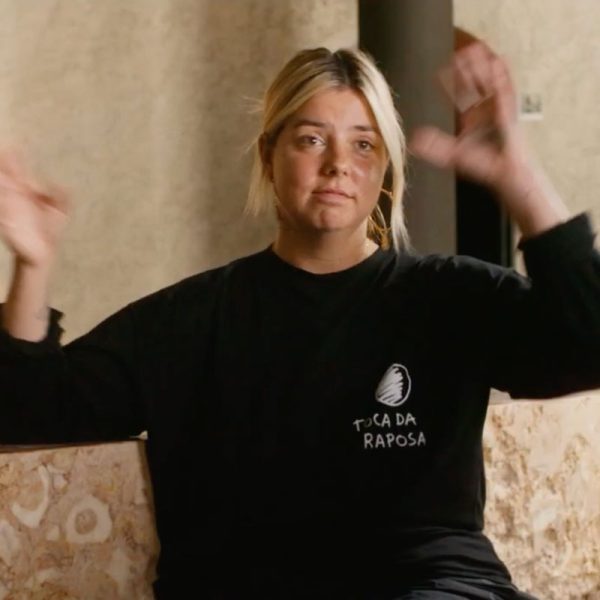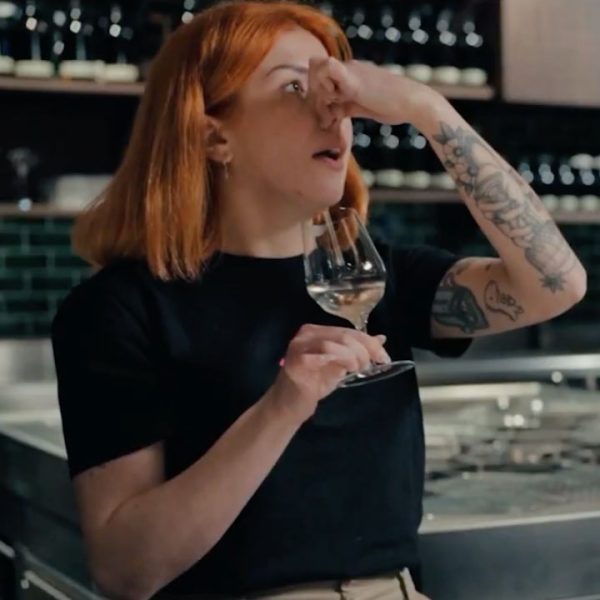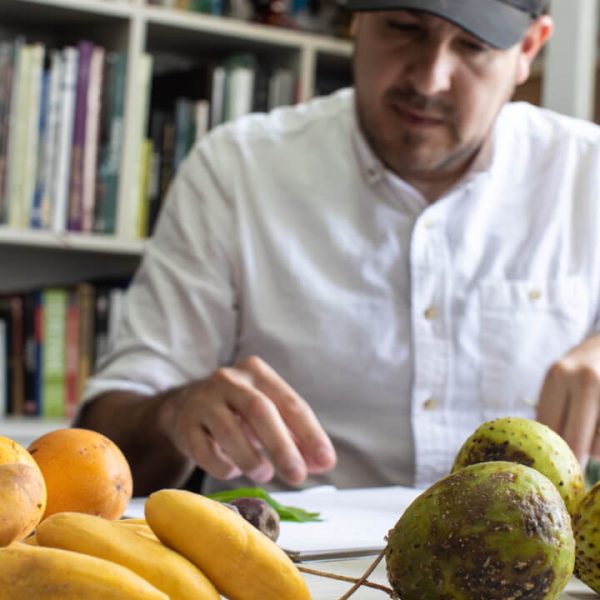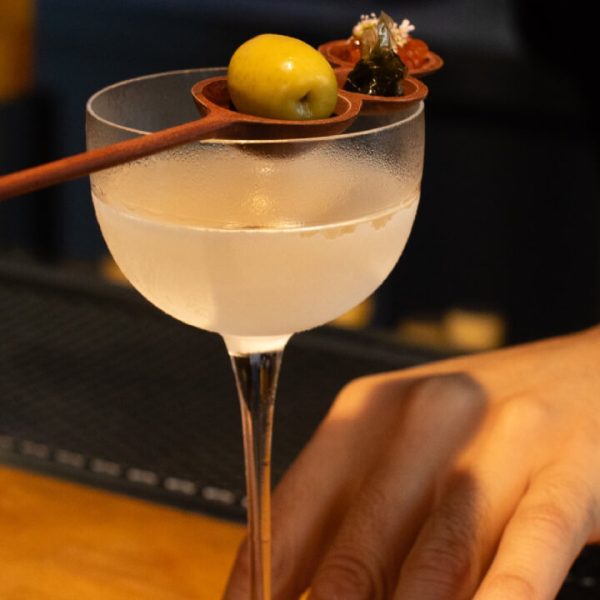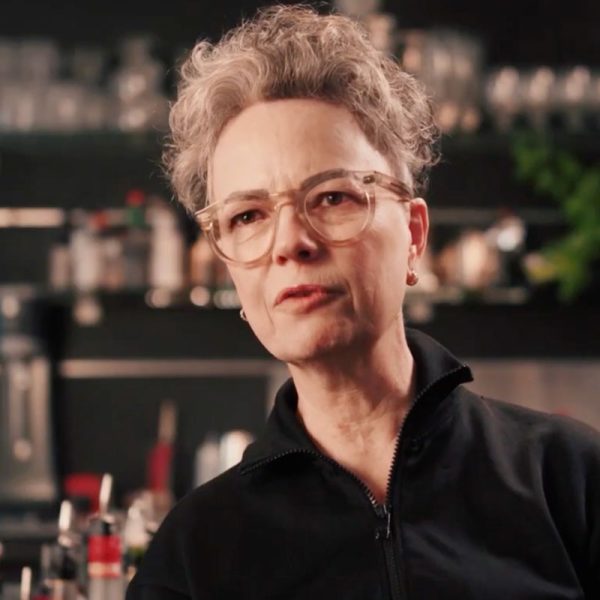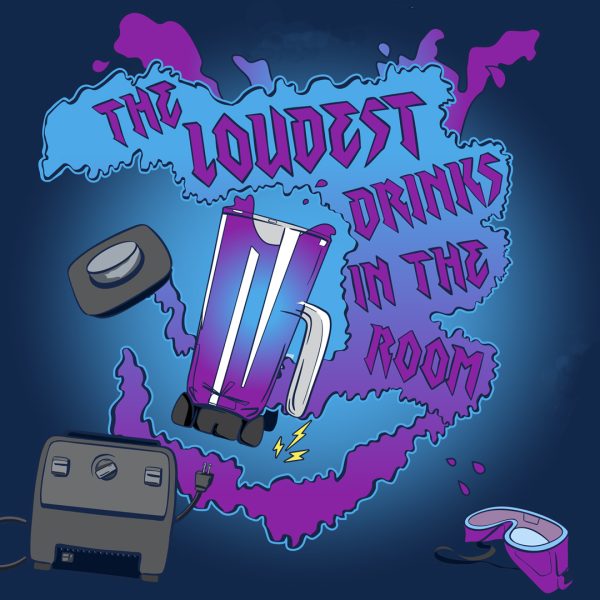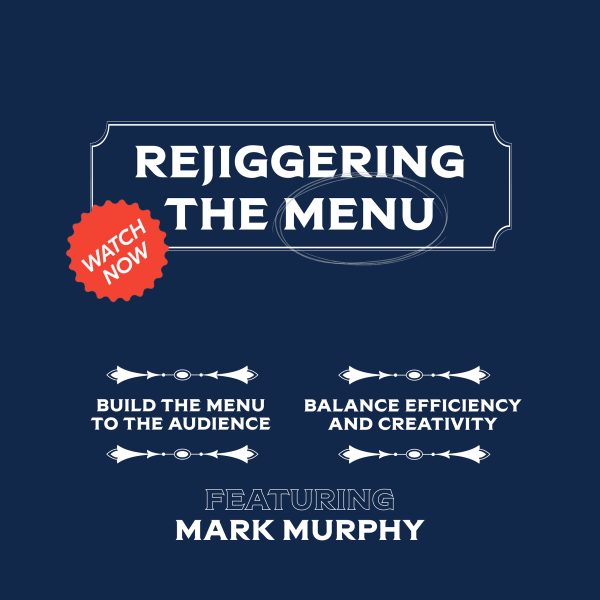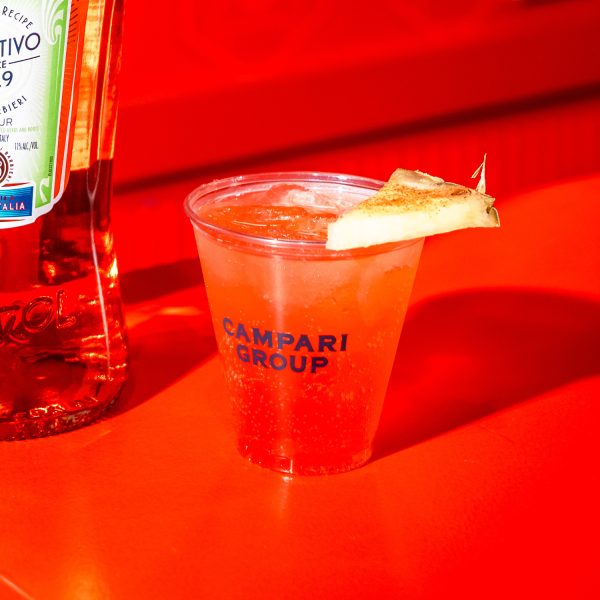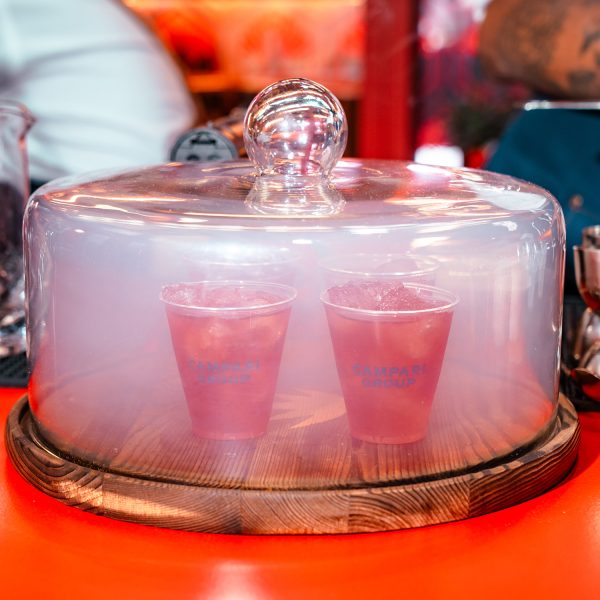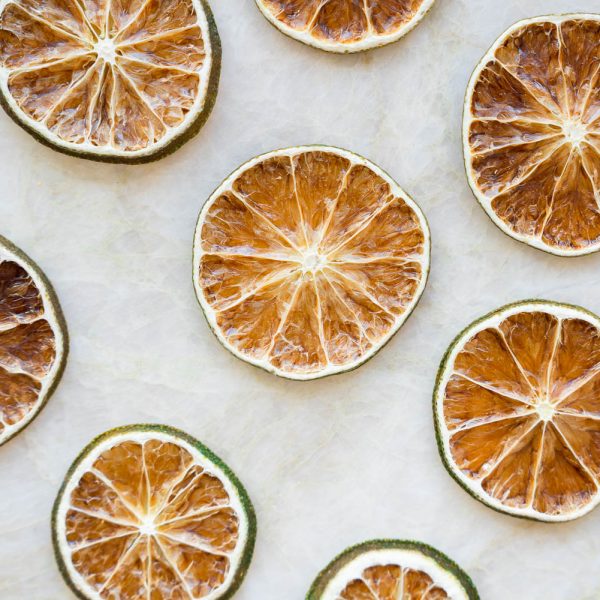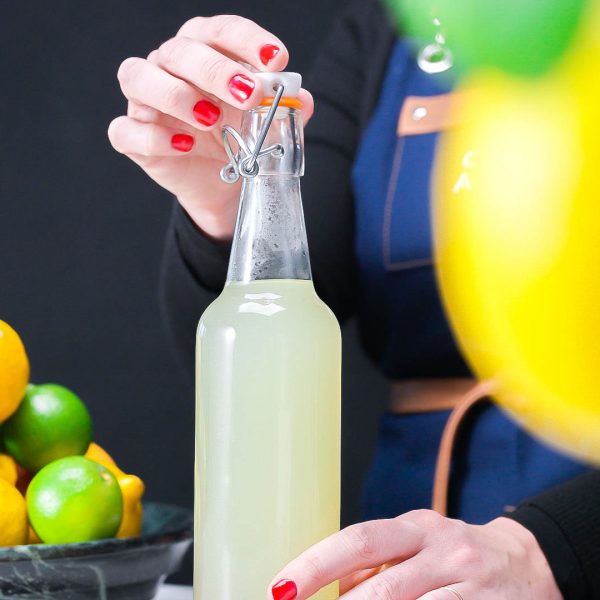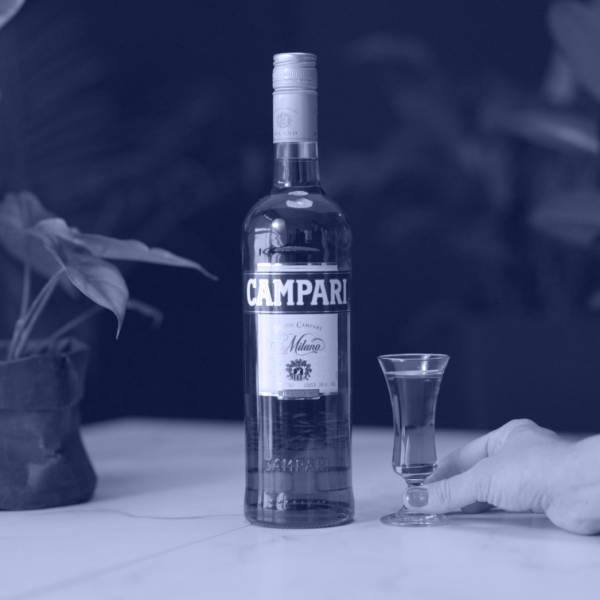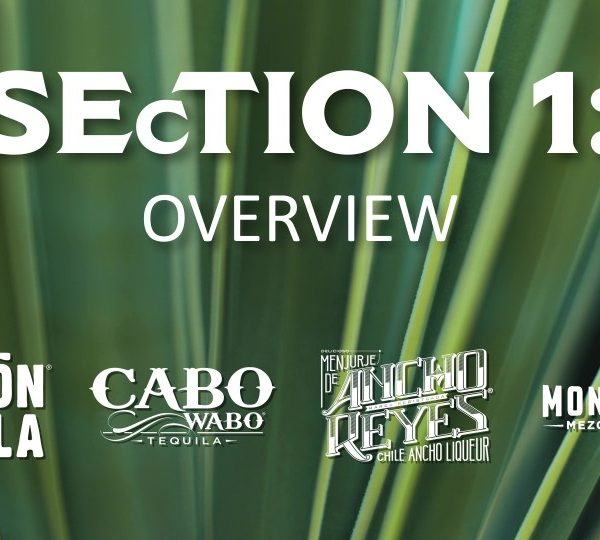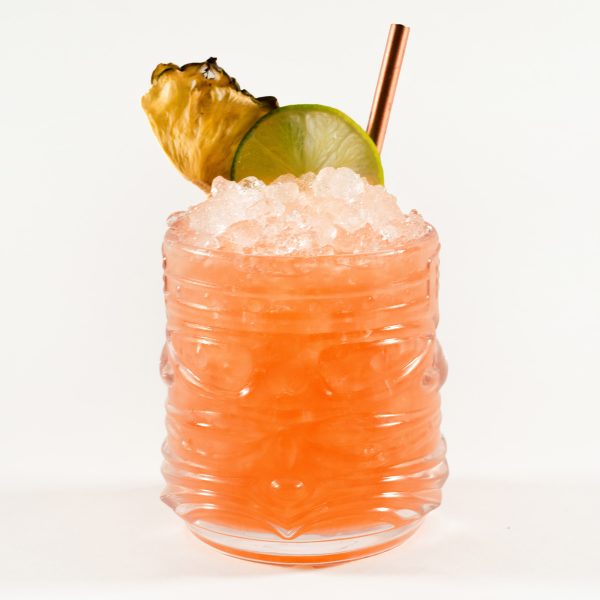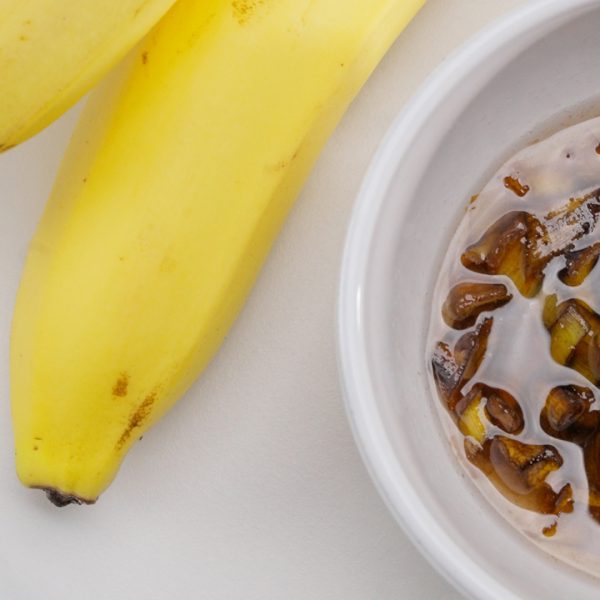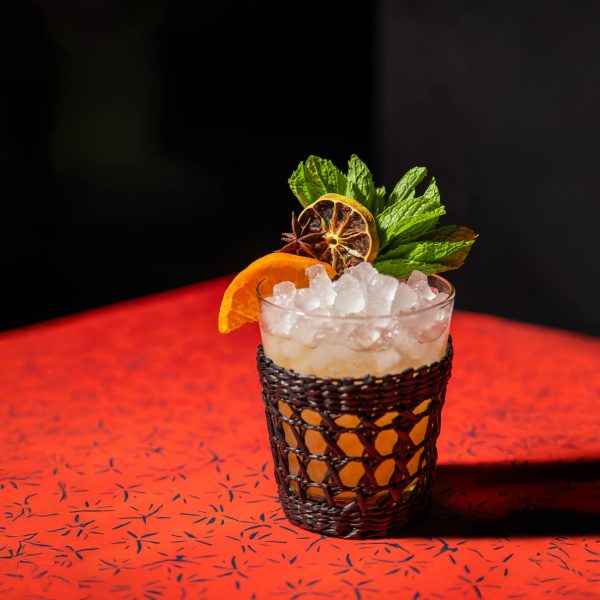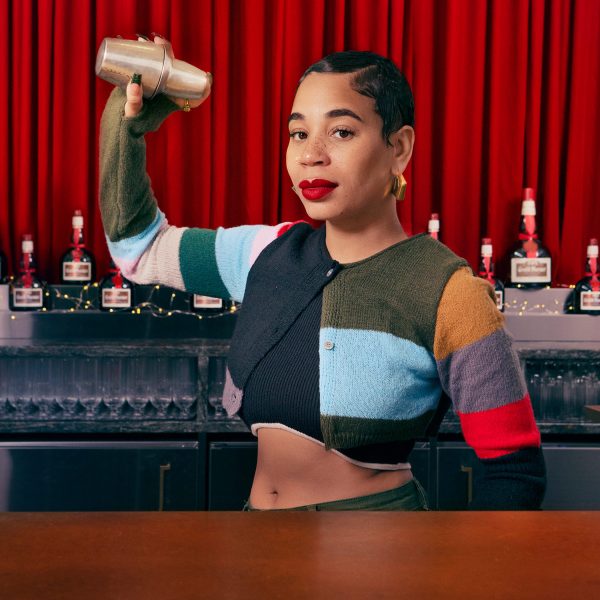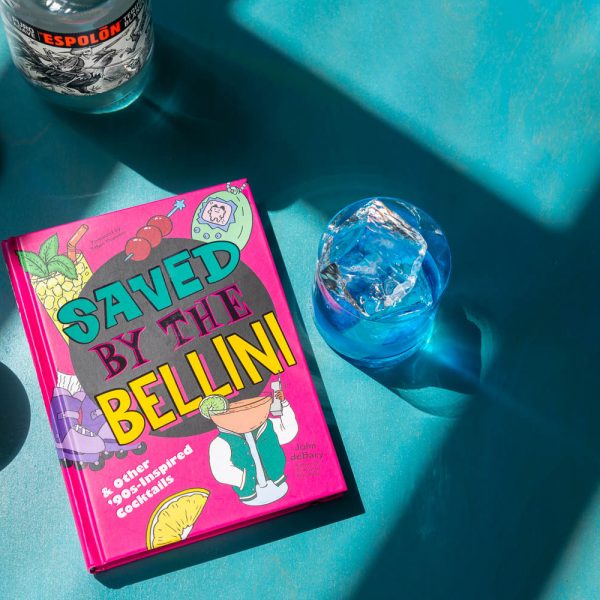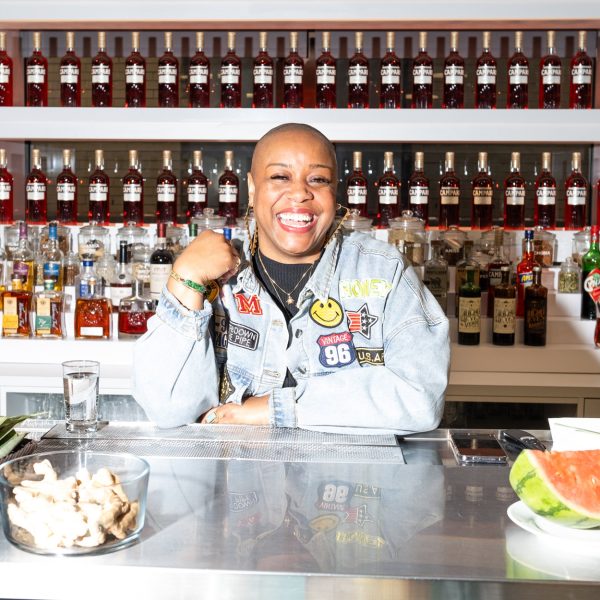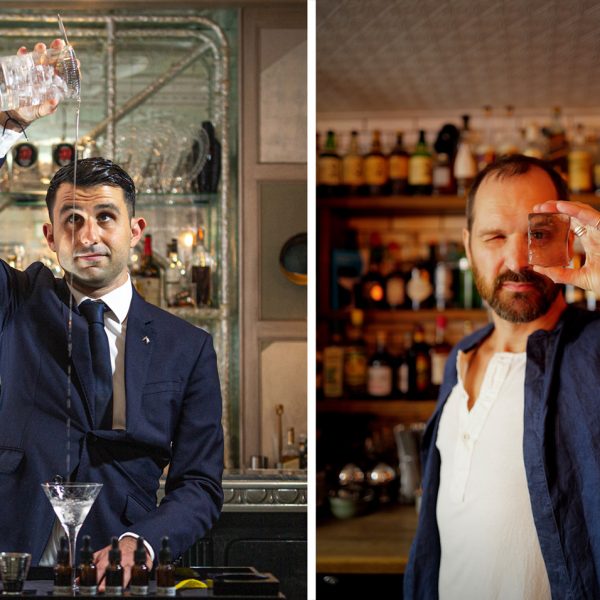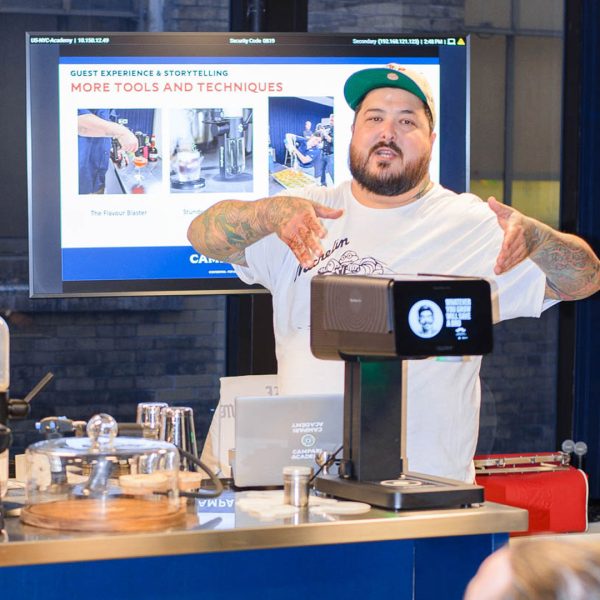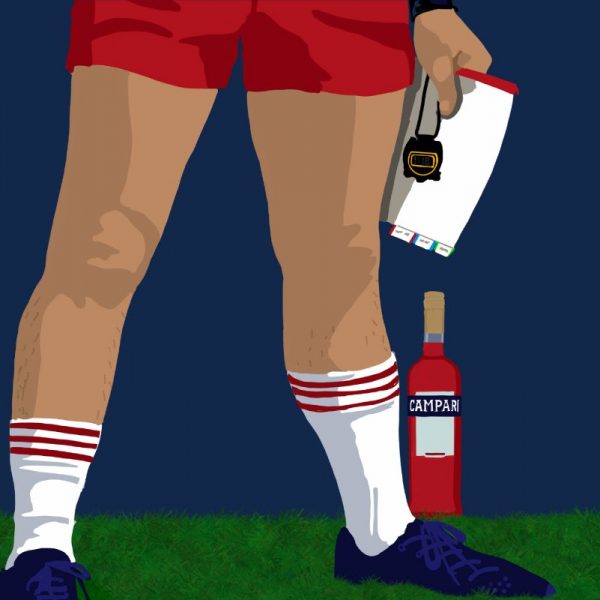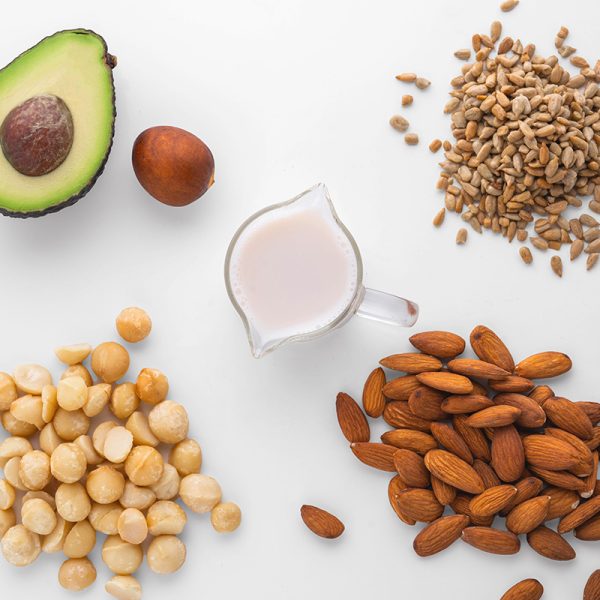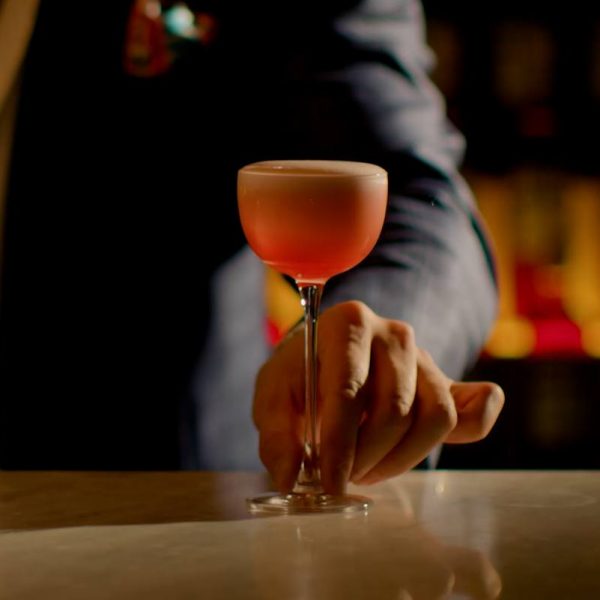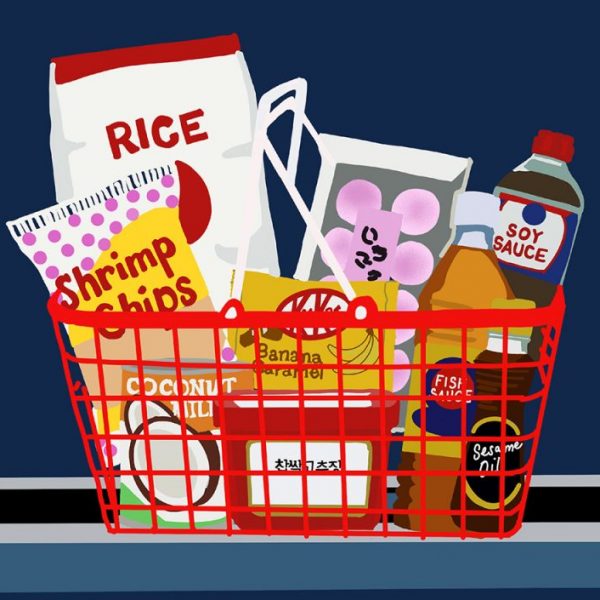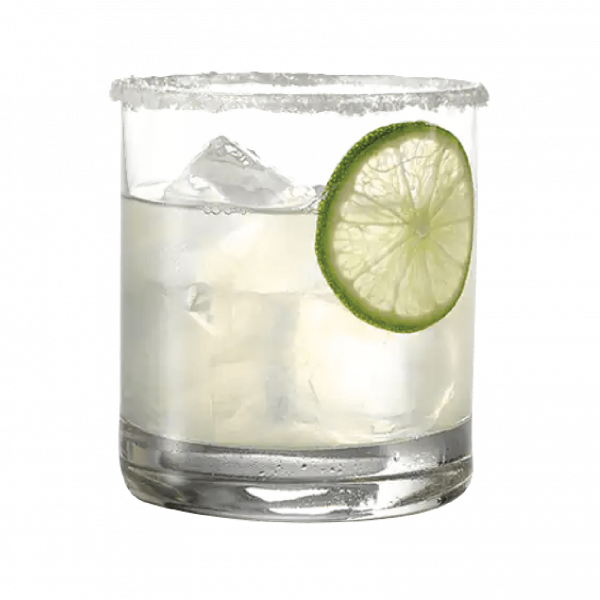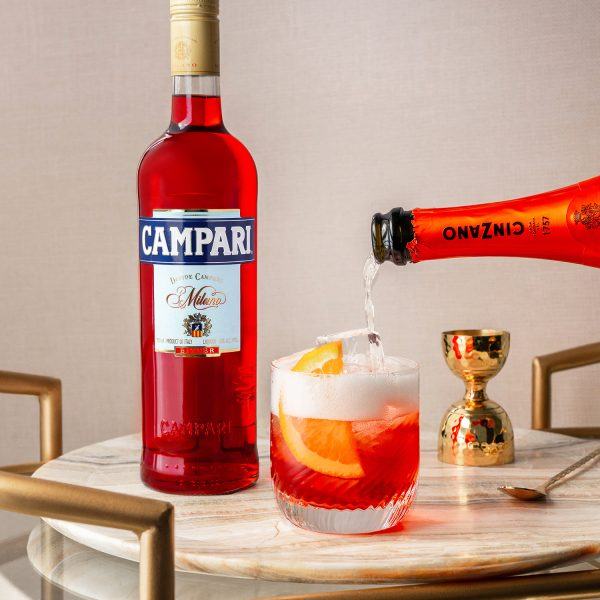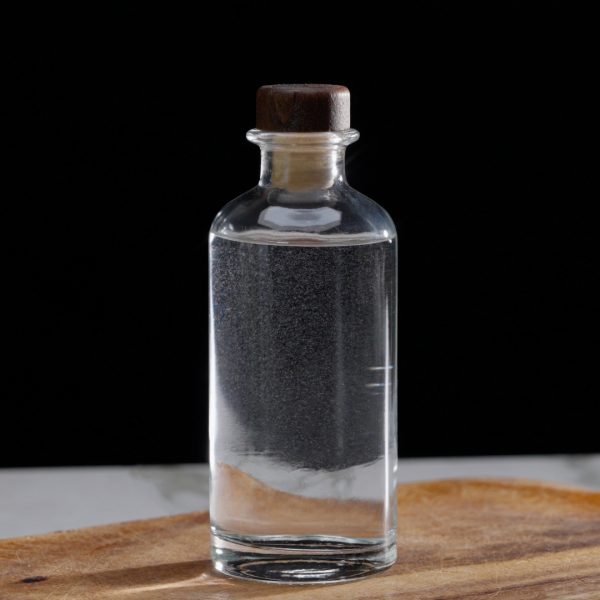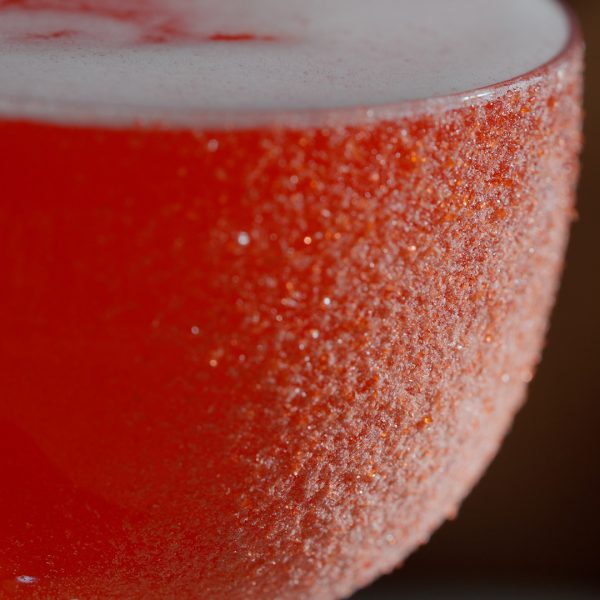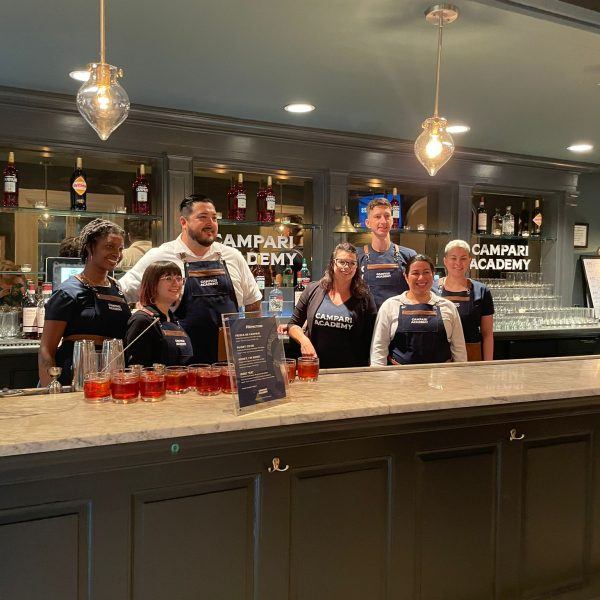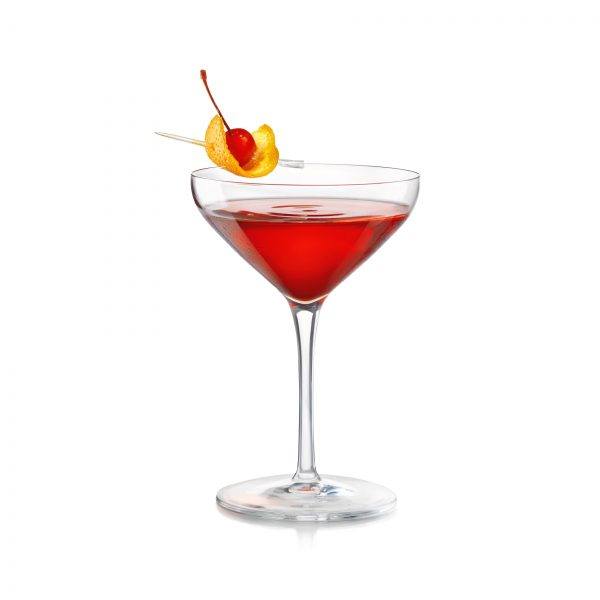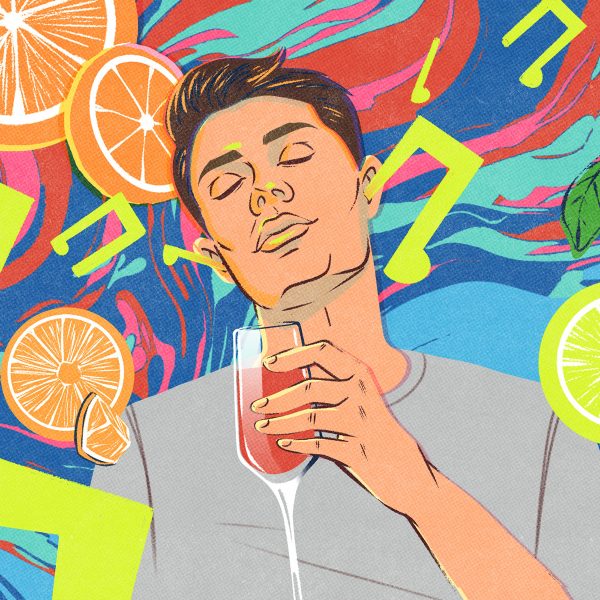Sustainability in the Bar

Sustainability Behind The Bar with Claire Sprouse – Part II
My sustainability journey as a bartender began in California in 2011, during a peak drought period, one of many that the state has experienced in recent decades. In following years, emergency mandates were issued to curb unnecessary water usage, which meant that bars and restaurants were not allowed to offer water to guests automatically, or risk a fine. In the hospitality industry, this seemed sacrilegious, but it also made me realize how much we had taken water for granted.
Historically, water has been seen as a safe, abundant, and cheap resource that moves through our spaces discreetly. However, when we don’t actively think about something, we start to take it for granted. It’s not until we experience a severe drought that we realize just how much we have been wasting along the way. “86 water” is a scary thought, but it’s becoming a reality for many parts of the world.
New Metrics For Success
To become smarter and more sustainable with our water usage, we need to take stock of all the ways water is used in our spaces, starting with our equipment. Frontier Energy’s Food Service Technology Center, colloquially referred to as Fishnick, can help businesses conserve water and electricity by recommending efficient pieces of equipment. Instead of just focusing on which ice machine makes perfectly square cubes, we should also be asking which one doesn’t dump gallons of unused water down the drain every day.
This same lens can be applied to choosing equipment such as dishwashers and ice machines that use both water and energy to perform their duties. When we save water, we’re also saving energy, which is primarily powered by fossil fuels and natural gas. While it might not sound as thrilling (or have the immediate gratification) as fighting food waste, equipment choices have a large environmental footprint, and can count in a big way towards our goals of sustainability in the bar.
Light Bulb Moment?
Next time you are in a bar or a restaurant, look around and take a quick inventory of light bulbs in the space. Even in the moodiest of dimly lit bar rooms, the count starts to add up, as bulbs quietly illuminate booths, refrigerators, bathrooms, hallways, and more. One standard 60-watt Edison-style bulb uses enough energy to power fifteen LED bulbs. Switching from traditional light bulbs to LED bulbs is a simple change that can save us on average $42 per year, per bulb. It’s not just a smart sustainability choice, but a good business decision as well.
Small Changes Build Momentum
Beyond reducing our use of limited resources, we should also be thinking about getting more savvy with harmful plastic items that inevitably go in the trash. I recently visited a hotel bar in Miami where they were using biodegradable straws made from agave fibers, a by-product of the agave-processing industry. These straws were not only biodegradable but also stylish and ubiquitous around the city. We’re starting to see similar changes around the world as many cities and countries are passing regulations encouraging bars and restaurants to either recycle or become more sustainable with plastic items that inevitably go in the trash.
Sustainability not only tastes good but also looks good and can be functional. It’s important to spread the good outward from our cocktails and bars and into our communities. Let’s continue to make smart choices that benefit both the environment and our businesses.



